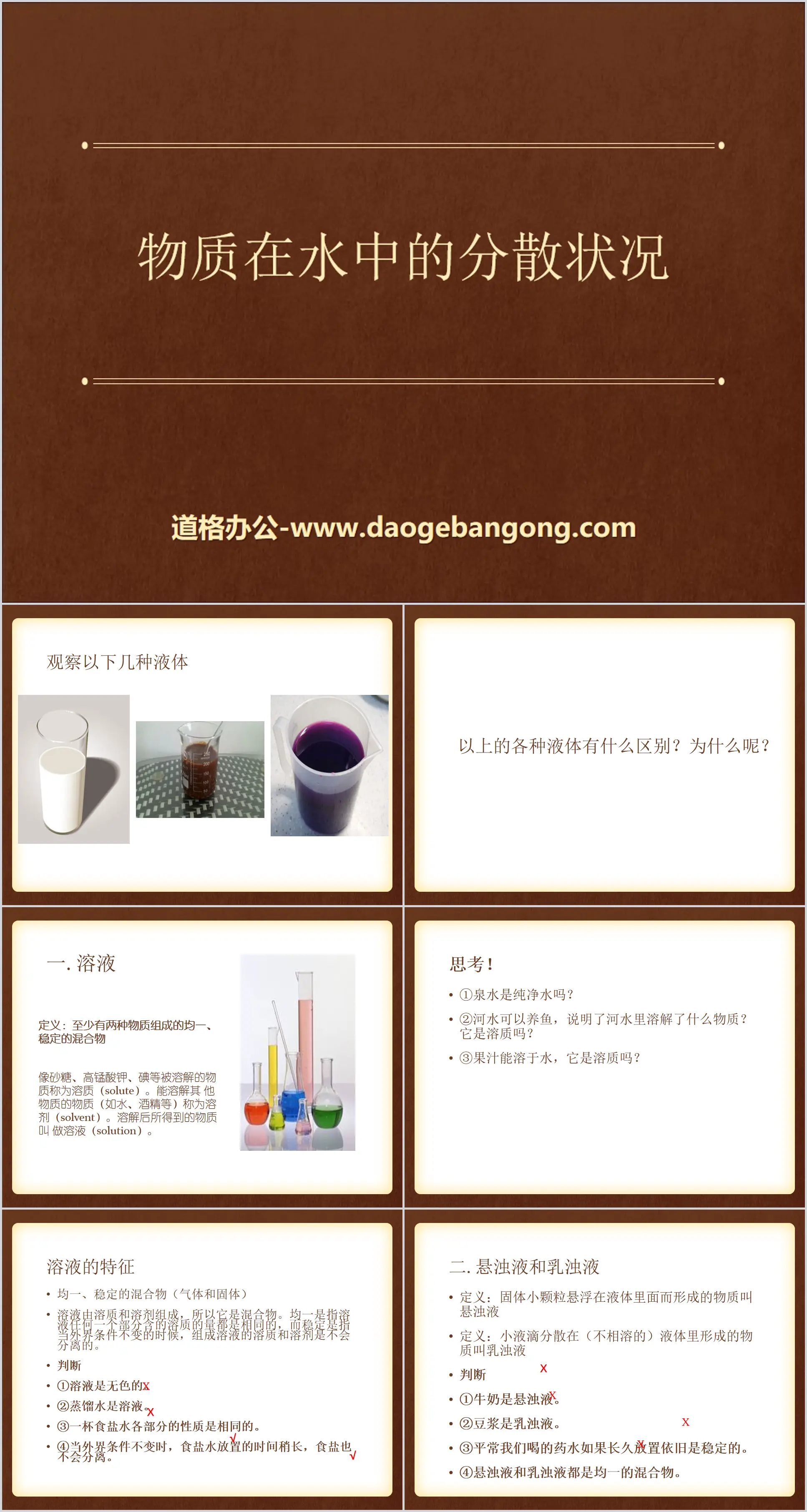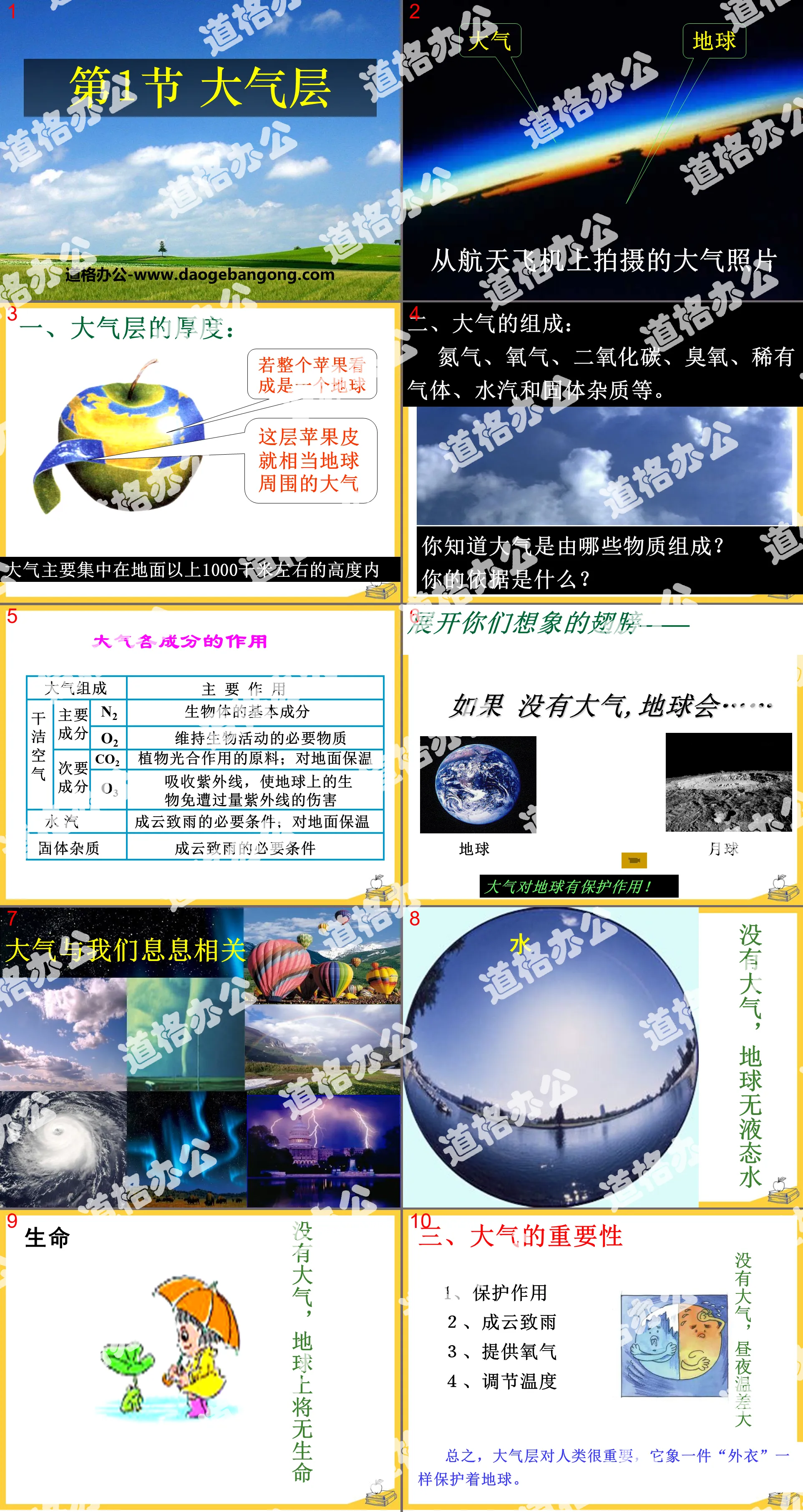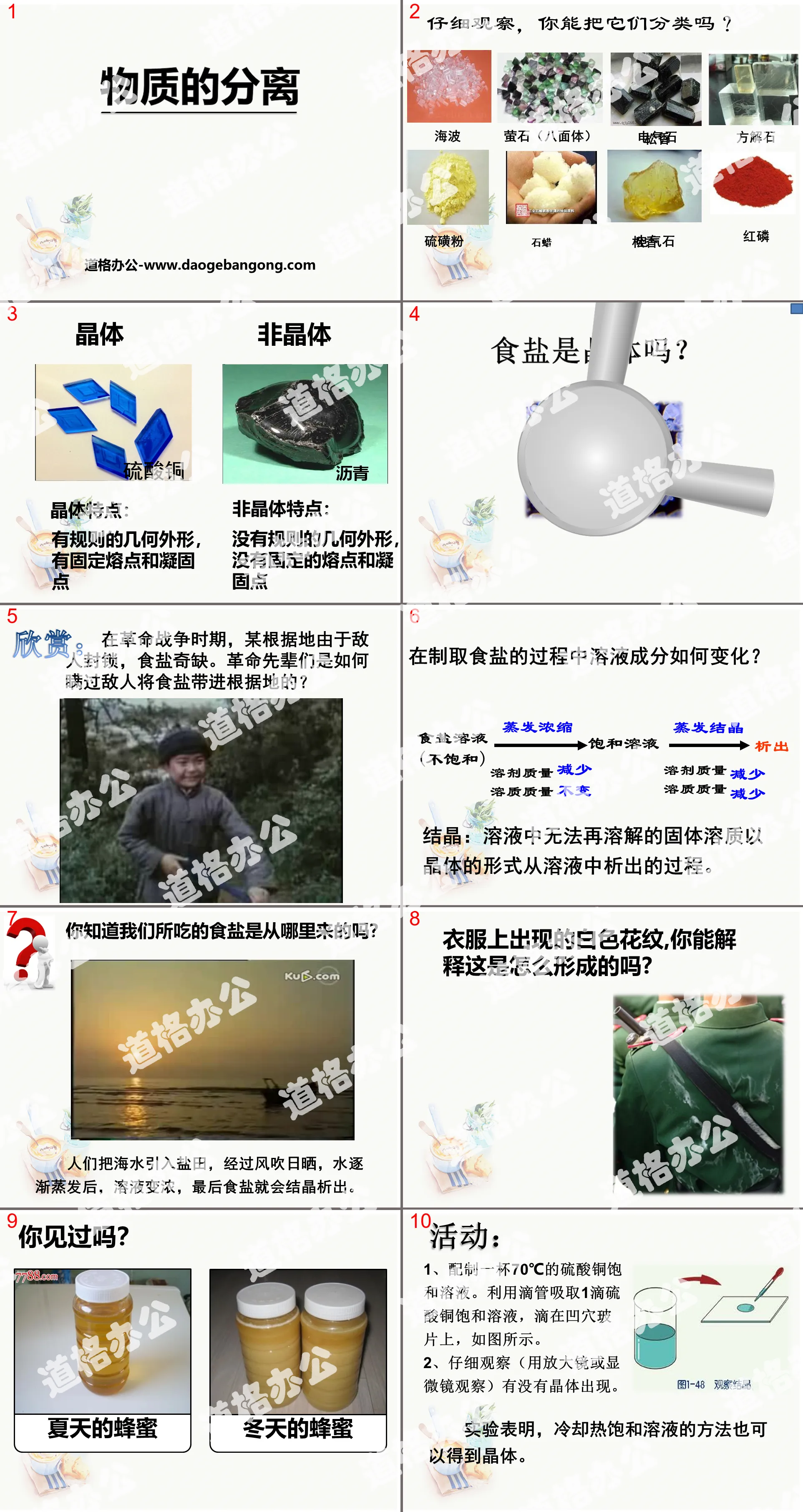"Dispersion of Substances in Water" PPT Simple campus recruitment activity planning plan summary enterprise and institution recruitment publicity lecture PPT template is a general PPT template for business post competition provided by the manuscript PPT, simple campus recruitment activity planning plan summary enterprise and institution recruitment promotion Lecture PPT template, you can edit and modify the text and pictures in the source file by downloading the source file. If you want more exquisite business PPT templates, you can come to grid resource. Doug resource PPT, massive PPT template slide material download, we only make high-quality PPT templates!
| 文件名 如何下载使用 | 下载次数 | Download Points | 下载地址 |
|---|---|---|---|
| "Dispersion of Substance... | 19050次 | 0.00 | Free Download |
Tips: If you open the template and feel that it is not suitable for all your needs, you can search for related content "Dispersion of Substances in Water" PPT is enough.
How to use the Windows system template
Directly decompress the file and use it with office or wps
How to use the Mac system template
Directly decompress the file and use it Office or wps can be used
Related reading
For more detailed PPT-related tutorials and font tutorials, you can view: Click to see
How to create a high-quality technological sense PPT? 4 ways to share the bottom of the box
Notice
Do not download in WeChat, Zhihu, QQ, built-in browsers, please use mobile browsers to download! If you are a mobile phone user, please download it on your computer!
1. The manuscript PPT is only for study and reference, please delete it 24 hours after downloading.
2. If the resource involves your legitimate rights and interests, delete it immediately.
3. Contact information: service@daogebangong.com
"Dispersion of Substances in Water" PPT, due to usage restrictions, it is only for personal study and reference use. For commercial use, please go to the relevant official website for authorization.
(Personal non-commercial use refers to the use of this font to complete the display of personal works, including but not limited to the design of personal papers, resumes, etc.)

Related reading
For more detailed PPT-related tutorials and font tutorials, you can view:Please click to see










Authoritative PPT Summary
"Dispersion of Substances in Water" PPT
Part One: Solution
Definition: A homogeneous, stable mixture of at least two substances
Dissolved substances such as sugar, potassium permanganate, and iodine are called solutes. Substances that can dissolve other substances (such as water, alcohol, etc.) are called solvents. The substance obtained after dissolution is called solution.
think!
①Is the spring water pure water?
②River water can raise fish, which explains what substances are dissolved in the river water? Is it a solute?
③Juice can be dissolved in water. Is it a solute?
Dispersion of substances in water PPT, Part 2: Characteristics of the solution
Homogeneous, stable mixtures (gases and solids)
A solution consists of a solute and a solvent, so it is a mixture. Homogeneity means that the amount of solute contained in any part of the solution is the same, and stability means that the solute and solvent that make up the solution will not separate when the external conditions remain unchanged.
judge
①The solution is colorless.
② Distilled water is a solution.
③The properties of each part of a cup of salt water are the same.
④When the external conditions remain unchanged, the salt will not separate if the salt water is left for a little longer.
Dispersion of substances in water PPT, Part 3: Suspension and emulsion
Definition: A substance formed by small solid particles suspended in a liquid is called a suspension.
Definition: The substance formed by small droplets dispersed in (immiscible) liquid is called emulsion
judge
①Milk is a suspension.
②Soy milk is an emulsion.
③The potions we usually drink will still be stable if left for a long time.
④ Suspension and emulsion are both homogeneous mixtures.
Dispersion of substances in water PPT, Part 4: Basic laboratory operations
(1) Powder form: medicine spoon, paper trough
Use the medicine spoon to take the medicine and put it into the test tube/use the medicine to put the medicine into the prepared paper trough, put the paper trough horizontally into the test tube, and then stand the test tube upright. After the medicine enters the test tube, take out the paper trough.
(2), block: tweezers, medicine spoon
Hold the test tube horizontally with your left hand, use tweezers/medicine spoons to take the drug, place it at the mouth of the test tube, and slowly stand the test tube upright so that the drug slowly slides down to the lower end of the test tube.
Taking liquid medicines
(1) Pour method: Pour directly from the narrow-mouth bottle containing the reagent into the test tube or beaker. When taking it, first remove the cork and place it upside down on the table. Then hold the reagent bottle in one hand and hold the test tube at an angle with the other hand, so that the mouth of the bottle is close to the mouth of the test tube, and the liquid slowly flows into the test tube. After taking the liquid, cap the bottle tightly immediately, put the reagent bottle back to its original place, and make sure the label on the bottle faces outward.
(2) Use a small amount: you can use a plastic tip dropper
(3) Measure a certain volume of liquid with a graduated cylinder: First, select a graduated cylinder with an appropriate range according to the amount of liquid to be taken, then pour the liquid into the graduated cylinder, and when it is close to the scale line, use a dropper to adjust the amount of liquid required. (Note: The eyes should be level with the lower edge of the liquid surface layer)
Dispersion of substances in water PPT, Part 5: Solubility of substances
① Will both flour and sucrose dissolve when put into water?
② Oil stains on clothes cannot be washed clean with water, but gasoline can wash away the oil stains. Why?
③Is it better to use hot water or cold water when making sugar water?
Solubility
Definition: The ability of one substance (solute) to dissolve in another substance (solvent)
What are the factors that affect the solubility of substances?
(1) Solubility is related to the properties of the solute
(2) Solubility is related to the nature of the solvent
(3) Solubility is related to temperature
Dispersion of substances in water PPT, Part 6: Dissolution level of substances
(1) Easily soluble: such as sucrose, salt, potassium nitrate, alcohol, ammonia, etc.
(2) Soluble: such as: boric acid, carbon dioxide, etc.
(3) Slightly soluble: such as hydrated lime, oxygen, etc.
(4) Insoluble: such as limestone, vegetable oil, hydrogen, etc.
【Notice】
1. The solution is not necessarily colorless. For example, copper sulfate solution is blue and ferric chloride solution is yellow. The state of a solution can be solid, liquid or gaseous. Such as: air.
2. A uniform and stable liquid is not necessarily a solution. Such as: distilled water.
3. The solute can be one or several. For example: soda is formed by dissolving various solutes such as carbon dioxide, flavors, pigments, and sugar in water. Undissolved substances are not solutes.
4. When the solvent is not specified, water is often recorded as the solvent. For example, sodium chloride solution refers to a solution with sodium chloride as the solute and water as the solvent. Iodine is a solution with iodine as the solute and alcohol as the solvent.
How to determine if a solution is saturated
① If there is a solute in the solution, observe whether the solute decreases. If it does not decrease, it is a saturated solution of the substance at this temperature, otherwise it is an unsaturated solution;
② If there is no solute in the solution, try adding a small amount of the same solute to see if it dissolves. If the solute is insoluble, it is a saturated solution of the substance at this temperature, otherwise it is an unsaturated solution.
【Notice】:
1. A certain saturated solution is a solution that cannot continue to dissolve the corresponding solute, but can also dissolve other substances. For example, a certain saturated salt water can continue to dissolve solid potassium nitrate.
2. The conversion of unsaturated solution to saturated solution by lowering the temperature is only applicable to most solid solutes, and is not applicable to substances such as calcium hydroxide whose solubility decreases with increasing temperature.
3. Whether the solution is saturated refers to whether it can redissolve a certain solute, and the concentration of the solution refers to its concentration. A saturated solution is not necessarily a concentrated solution.
Dispersion of substances in water PPT, Part 7: Practice
1. Which of the following statements is correct ( )
A. The solution must be a mixture of two or more substances.
B. The solution should be colorless and transparent
C. Water is homogeneous and stable, and is a solution
D. Kerosene and water are thoroughly mixed to form a solution
2. Solute in solution ( )
A. It must be a solid B. It must be a liquid
C. It must be a gas D. It may be a solid, liquid or gas
3. What suspensions, emulsions and solutions have in common is ( )
A. They are all turbid. B. They are all uniform.
C. They are all stable. D. They are all mixtures.
Keywords: Zhejiang Education Edition eighth grade science PPT courseware free download, PPT download of the dispersion of substances in water, .PPT format;
For more information about the "Dispersion of Substances in Water" PPT courseware, please click on the "Dispersion of Substances in Water" ppt tab.
"Dispersion of Substances in Water" PPT courseware:
"Dispersion of Substances in Water" PPT courseware Part One: Mini Game: Guess what's in the bottle? Can I still see this substance after adding a small amount of salt (or sugar) to the water? What happens to this substance in water? Activity 1: Add potassium permanganate granules...